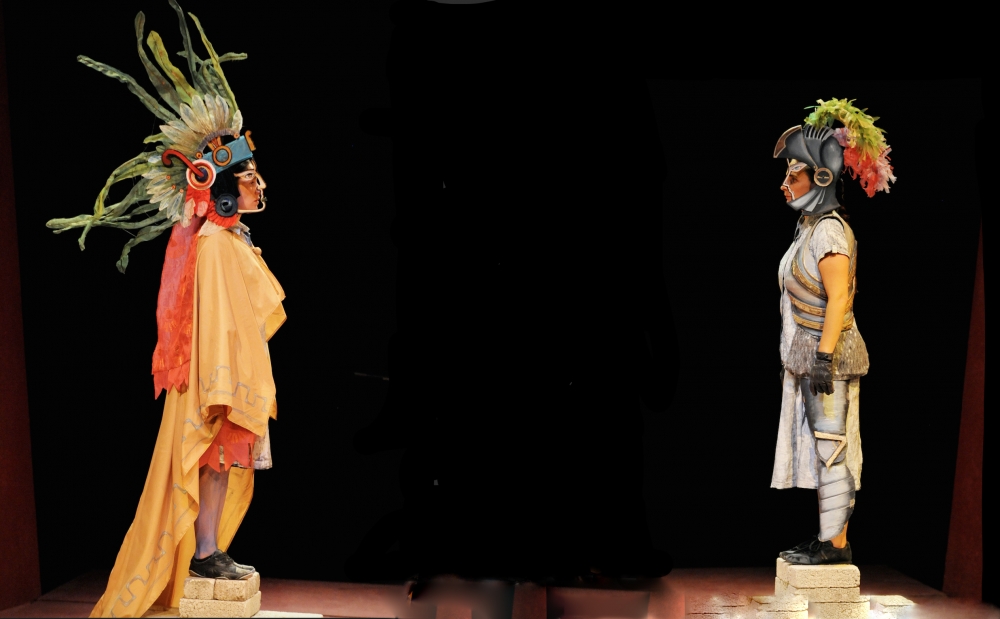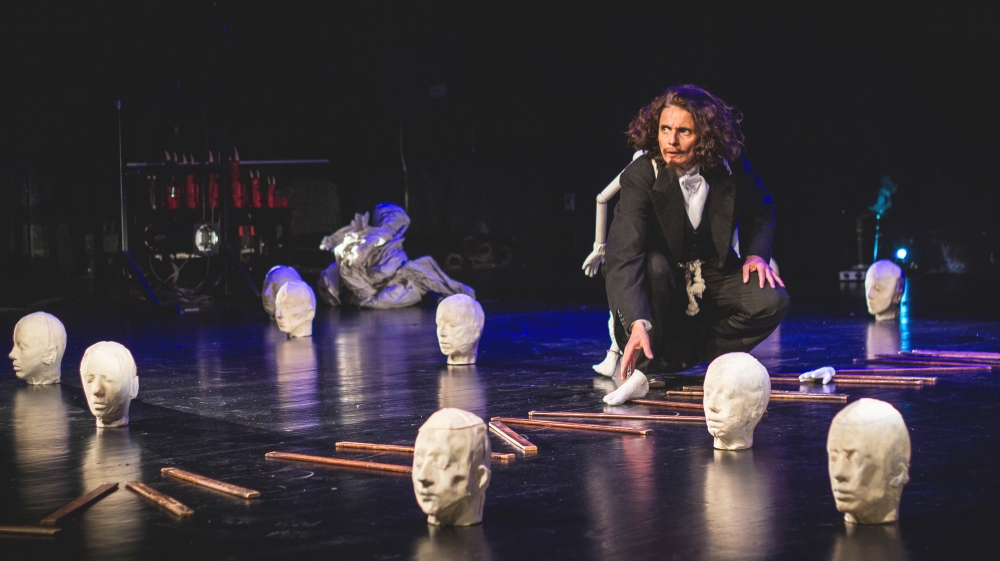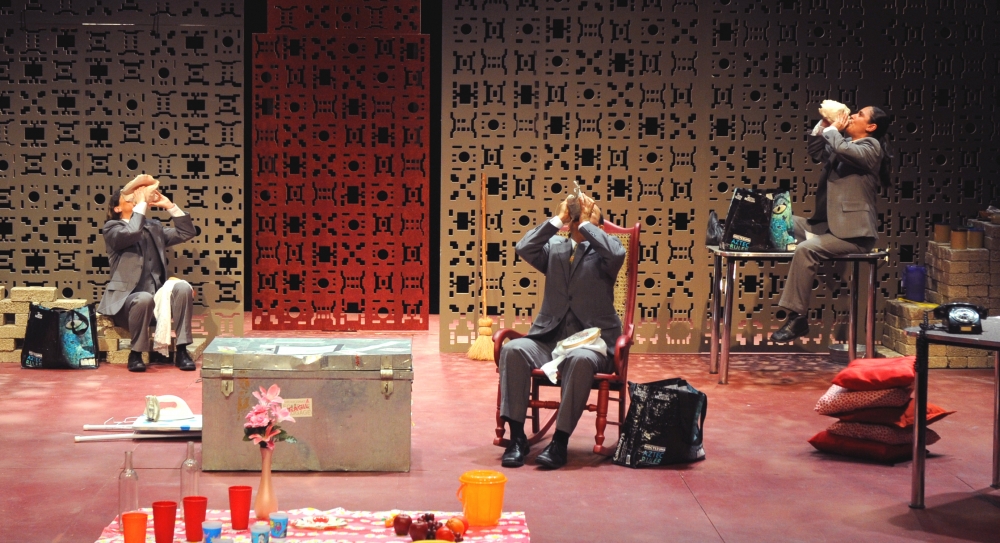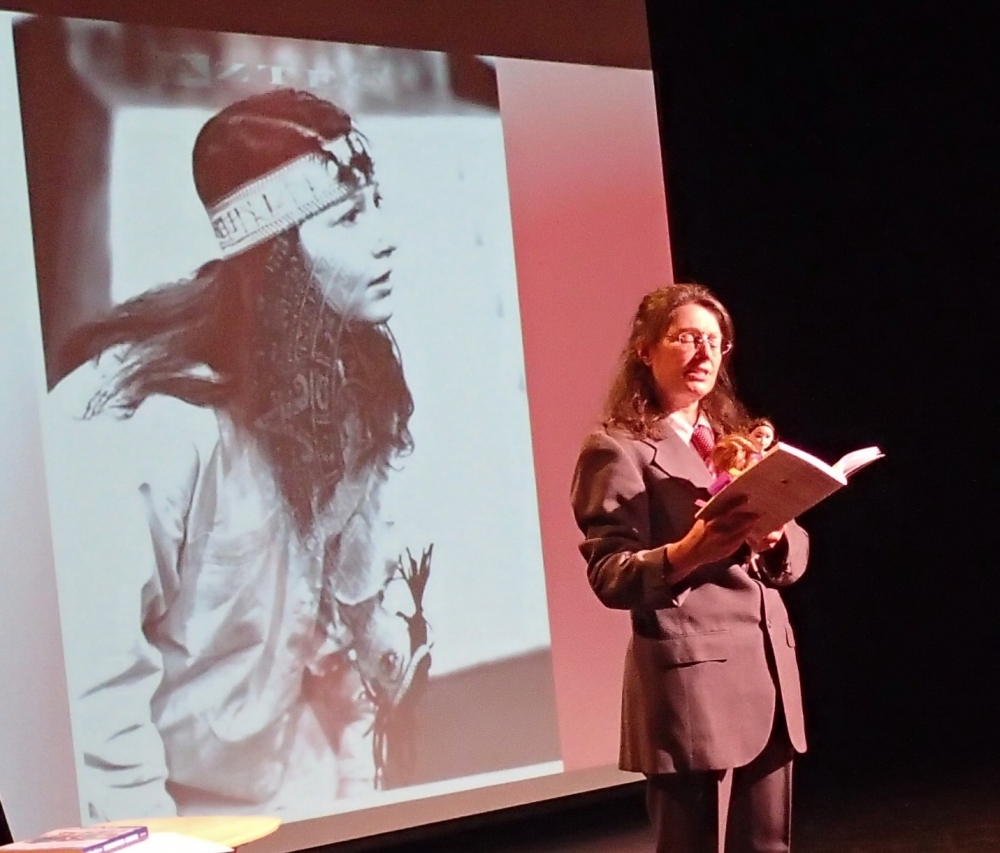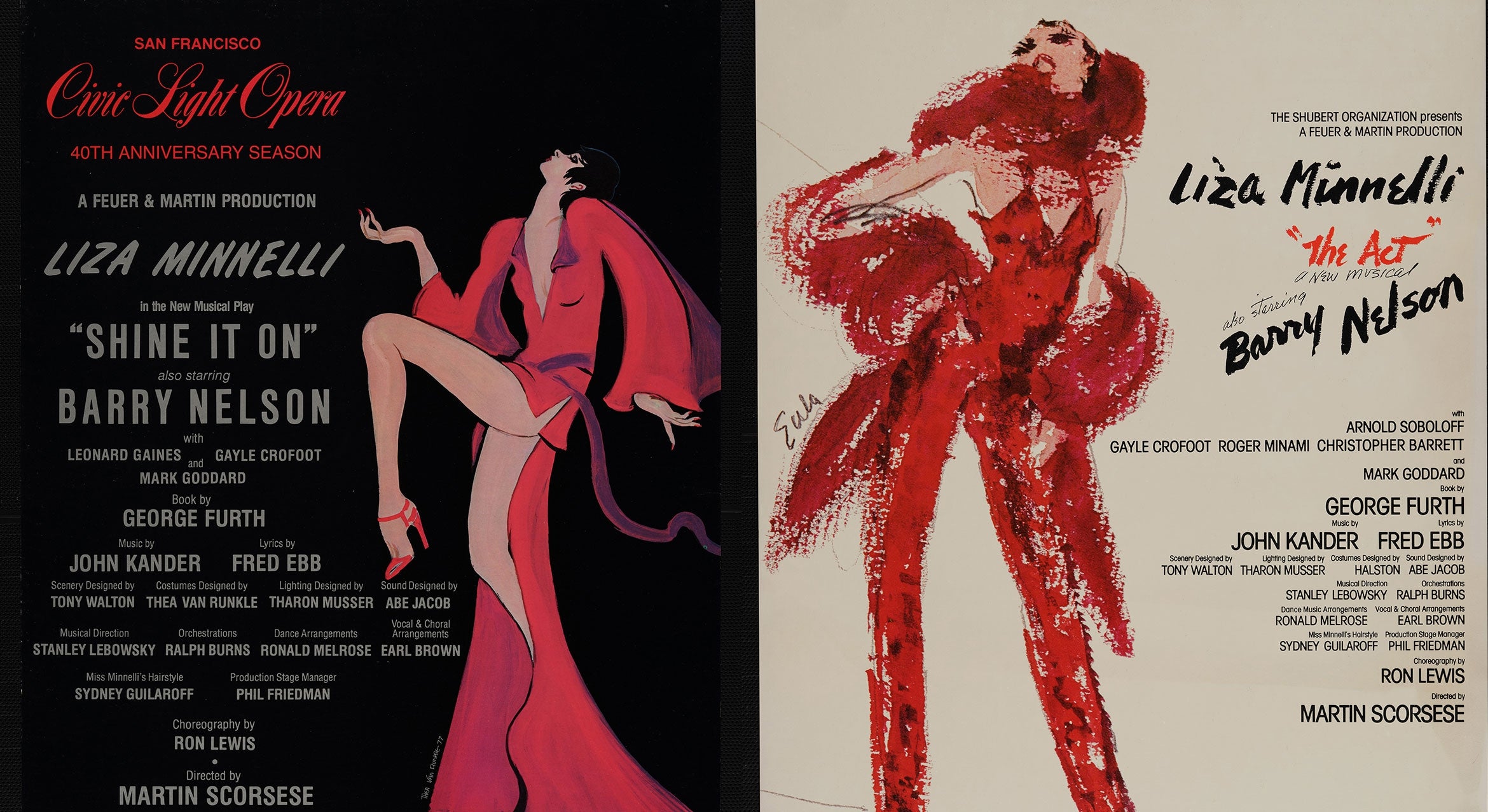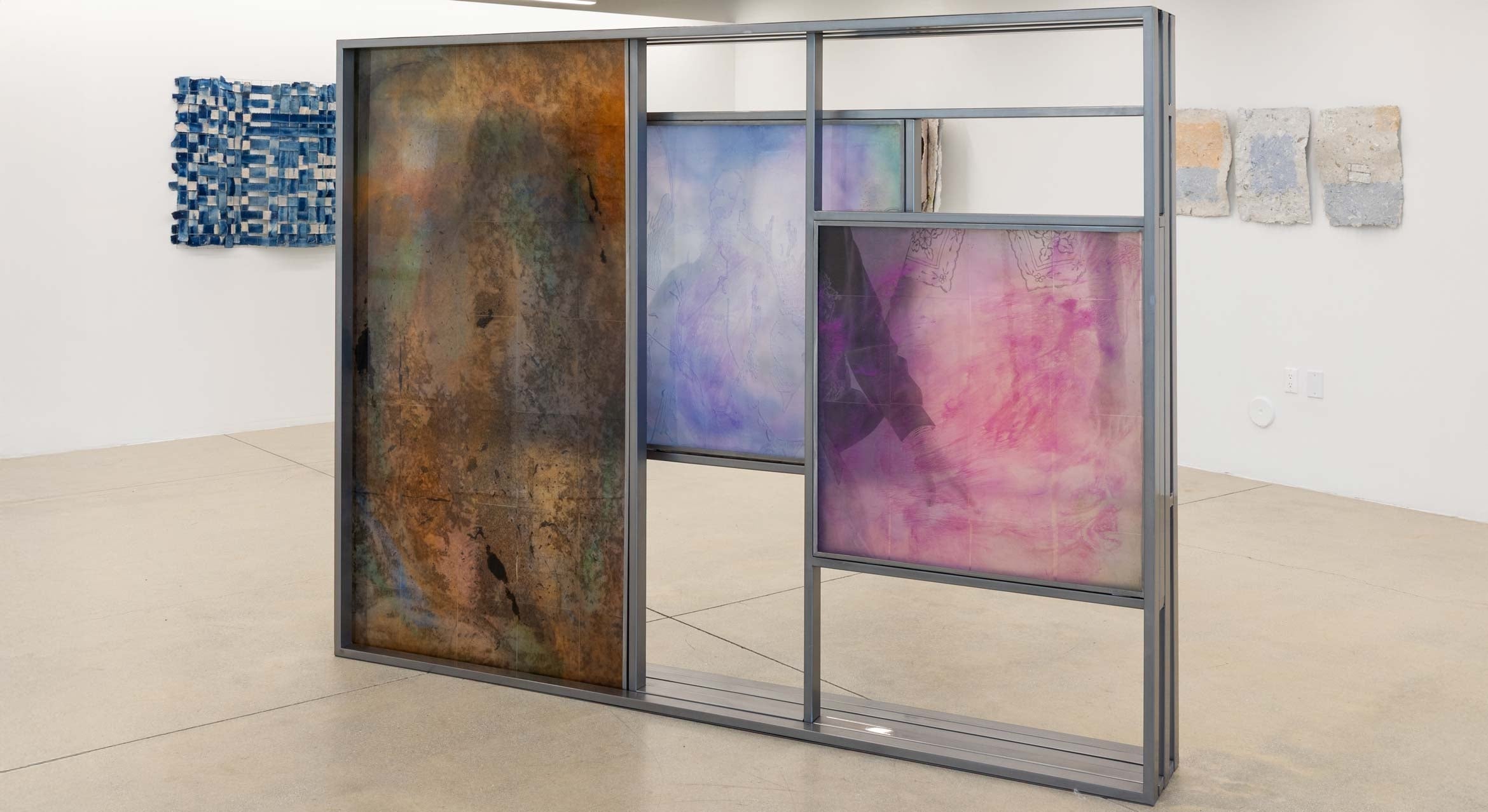Trace Elements

Mexico City, 2007.
That’s where and when Ruth Hellier-Tinoco first saw a performance by the experimental theater company La Máquina de Teatro. She still remembers the work, part one of the group’s “Trilogía Mexicana,” in great detail: from the staging, set design and lighting to the actors’ movement and speech.
“The piece combined so many threads, traces and layers of history, crossing and combining stories from the 15th century through to the present day, and explored questions of power, ecology, belonging, identity and memory,” Hellier-Tinoco, a scholar of performance and theater, recalls now. “It was emotionally powerful, deeply moving and humorous, and highly subversive and complicated. I was totally captivated and stunned by the extraordinary complexity, skill and exciting playfulness of this theater work. And I knew then that I wanted to write about this company and share their work with a wide international readership.”
And that’s exactly what Hellier-Tinoco, a UC Santa Barbara professor of music and of theater and dance, has now done. In her book “Performing Palimpsest Bodies: Postmemory Theatre Experiments in Mexico” (Intellect Books, University of Chicago Press, 2019), she offers an in-depth look at La Máquina de Teatro, documenting and analyzing four of the company’s recent projects. The book also includes more than 150 photographs of their productions.
“Juliana Faesler and Clarissa Malheiros have created, directed and facilitated a great diversity of performance projects over the years, all of which are provocatively playful and deeply political,” Hellier-Tinoco said of La Máquina’s founders. “Theirs is one of the most stimulating and important performance companies both in Mexico and internationally. The dedicated work of Juliana and Clarissa is a superb example of how to generate collaborative projects with a high level of expertise combined with perseverance and risk-taking.”
A palimpsest is used in reference to visible traces, remains and sequences of events in many fields, whether it’s generations of landscape alterations uncovered by archaeologists, or ancient “ghost craters” studied by planetary astronomers. In Spanish, a palimpsest is often described as preserving the footprints of previous writing — conserva huellas de otra escritura anterior.
Drawing on the idea that the late, great author Toni Morrison called “rememory,” Hellier-Tinoco develops her notion of palimpsest bodies and applies it to bodies in performance.
“So, a palimpsest body contains and performs traces of previous stories and histories, not chronologically, but simultaneously,” she explained. “The living body is a storehouse and repository, a form of archival body and body as archive. In the live theater work of La Máquina, the palimpsest bodies are performing past histories and present repetitions simultaneously: they are performing rememory.”
A performance and creative artist herself, Hellier-Tinoco used the methodology of practice-as-research for an element of the book, creating and performing her own theater piece, “pre/now/post: una trilogía,” as a means of exploring La Máquina’s “Trilogía Mexicana.”
By shining a spotlight on La Máquina, Hellier-Tinoco through her book also calls attention to what she characterized as the “profound and exhilarating” performance and theater happening throughout Mexico more broadly.
“For the last three decades I’ve been intensely involved with experimental performing arts and theater, combining three careers (as an artist, teacher and scholar) in three countries — Britain, Mexico and the U.S.,” she said. “In the U.S. and Europe I am frequently perplexed by the ways in which Mexican performance and theater (and music) are often viewed through a few stereotypical forms. Yet Mexico is one of the most diverse countries in the world in terms of engaged, politically resistant, inspirational and challenging scenic arts, with a plethora of performance, theater and dance.
“So, at a period in time during which heightened tensions and rhetoric in global relations are rife, with antagonistic stances of wall-building and war,” Hellier-Tinoco added, “I offer this book and the profoundly playful, collaborative and provocative performance processes of La Máquina de Teatro (and the work of Clarissa and Juliana) as a counter to these divisionary positions.”
